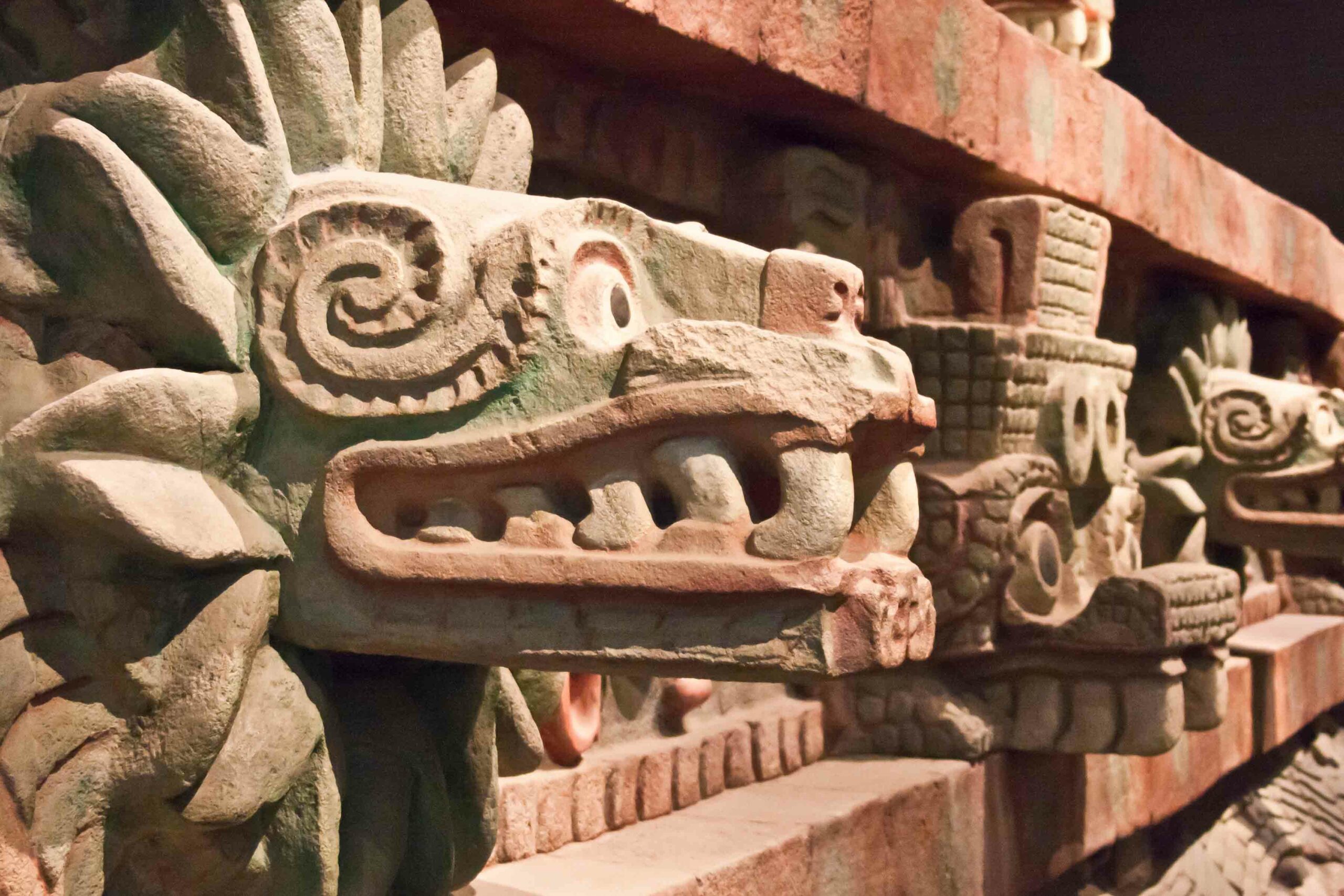Latest News
-
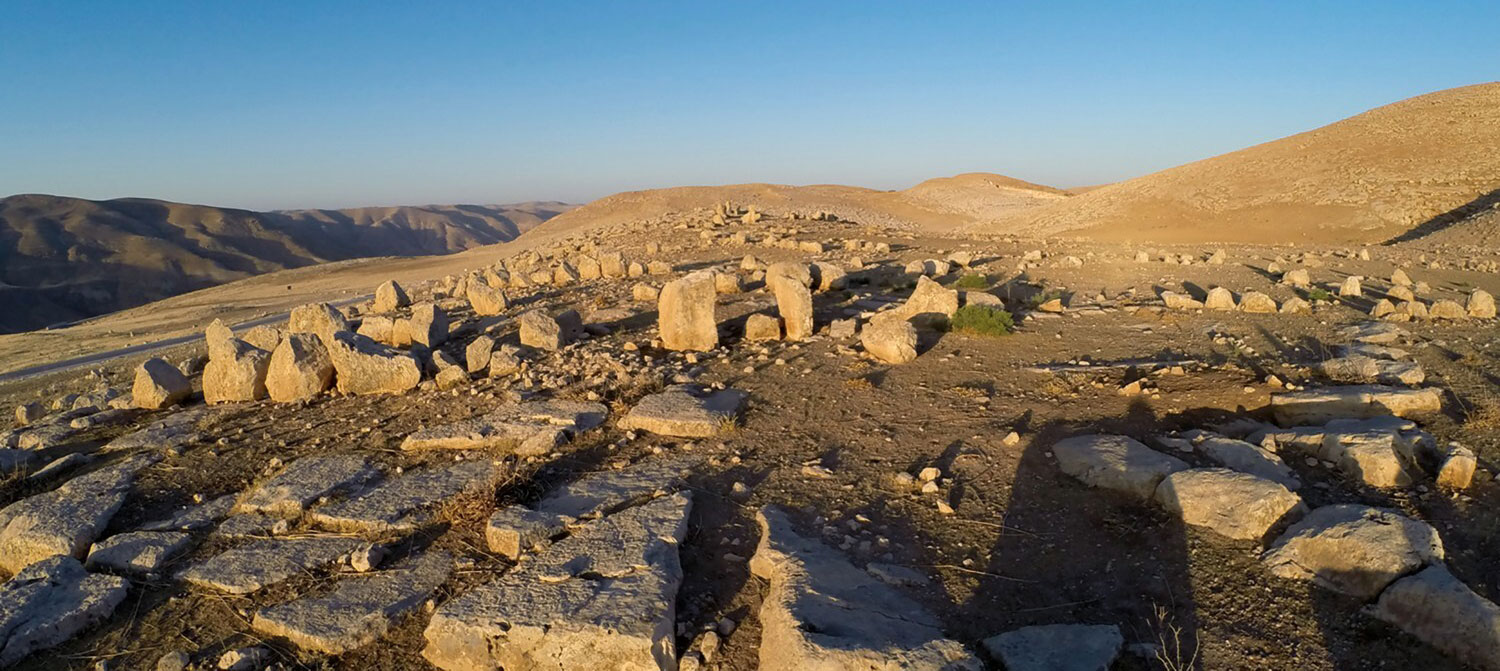 The Ritual Landscapes of Murayghat Project, Susanne Kerner
The Ritual Landscapes of Murayghat Project, Susanne Kerner -
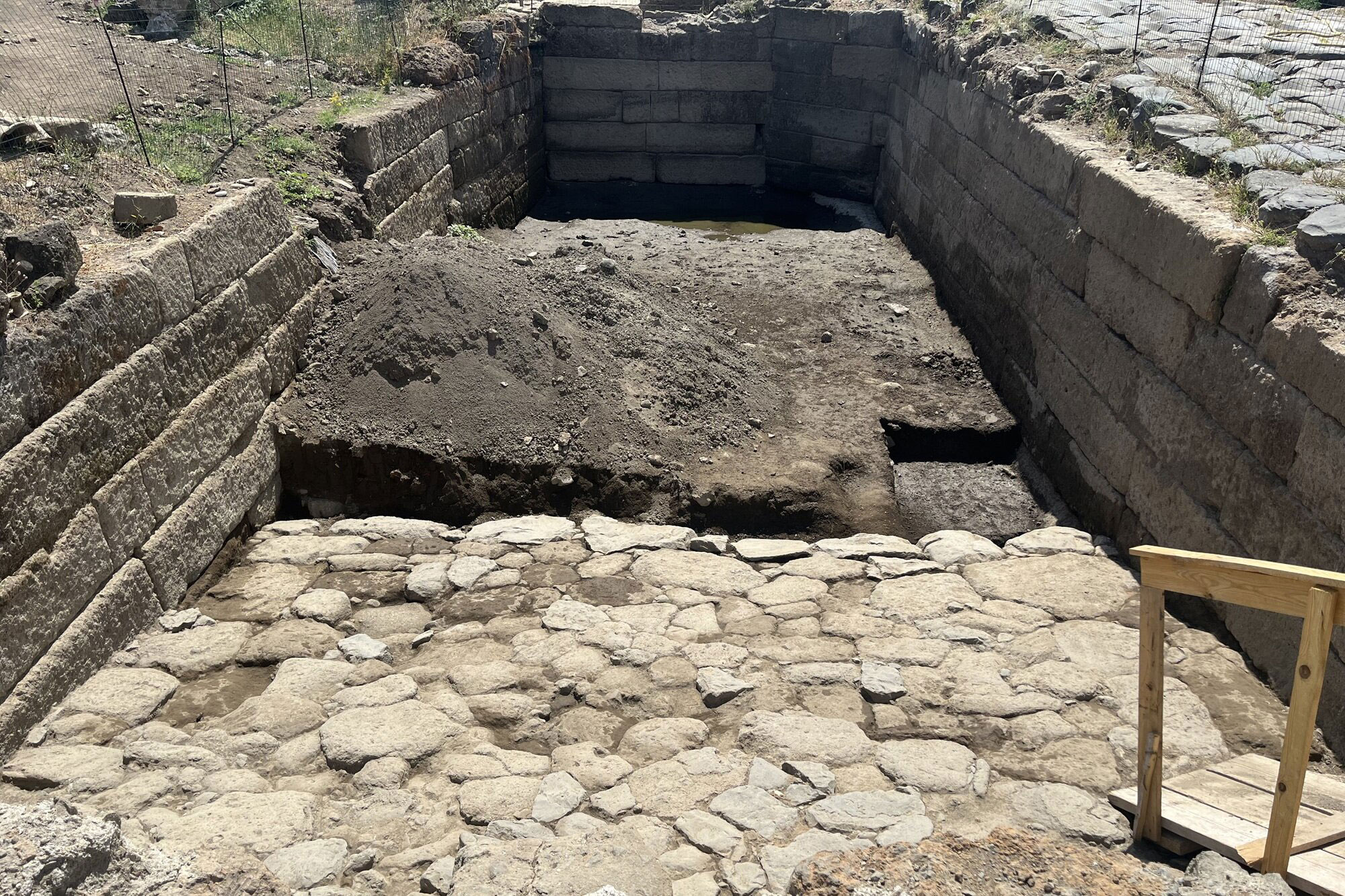 Marcello Mogetta
Marcello Mogetta -
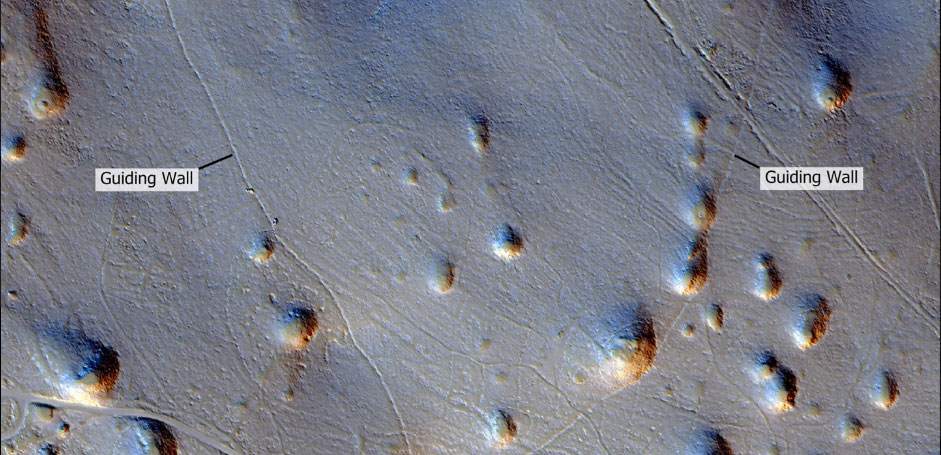 Dimitrij Mlekuž Vrhovnik
Dimitrij Mlekuž Vrhovnik -
 Adrian Chlebowski / CAŚ UW
Adrian Chlebowski / CAŚ UW
-
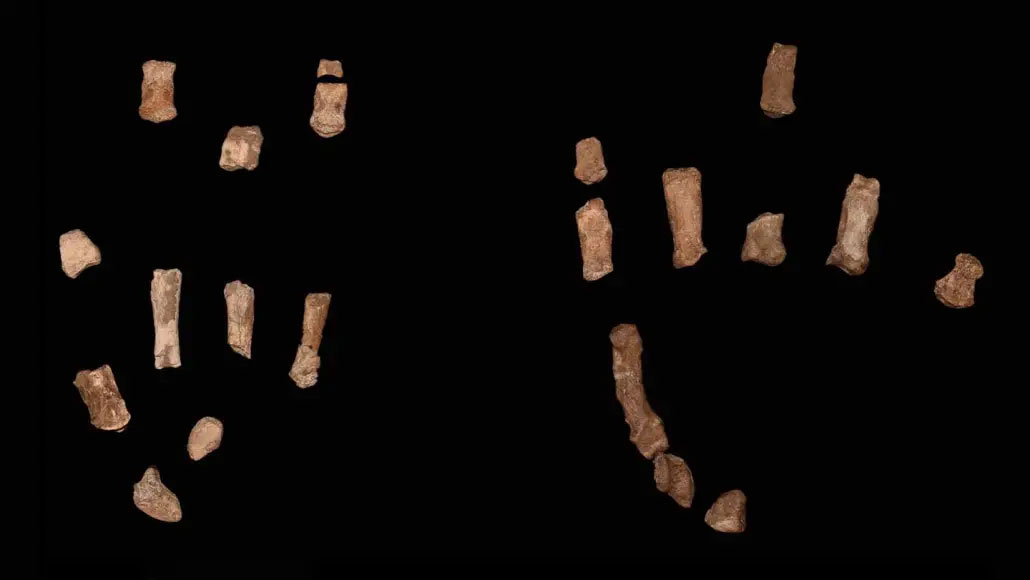 Carrie Mongle
Carrie Mongle -
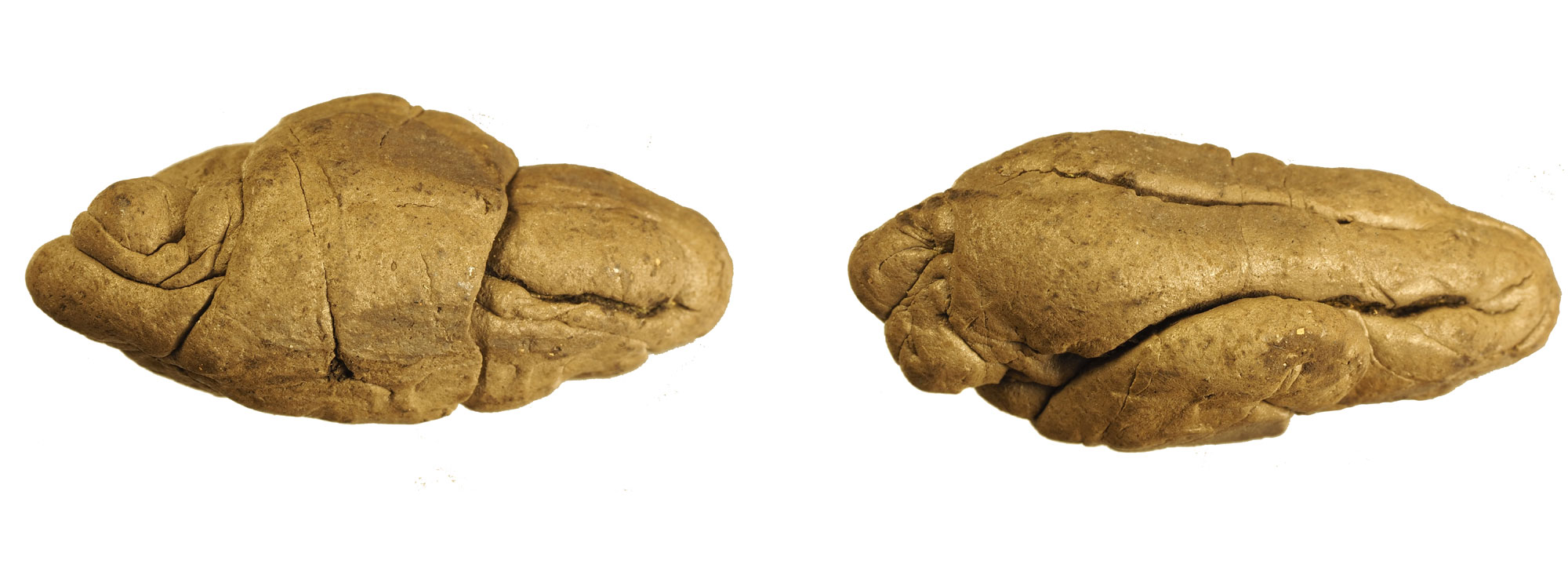 Theis Jensen
Theis Jensen
-
 Courtesy Adrián Oyaneder
Courtesy Adrián Oyaneder -

-
 National Research Institute of Cultural Heritage, Buyeo
National Research Institute of Cultural Heritage, Buyeo -

-
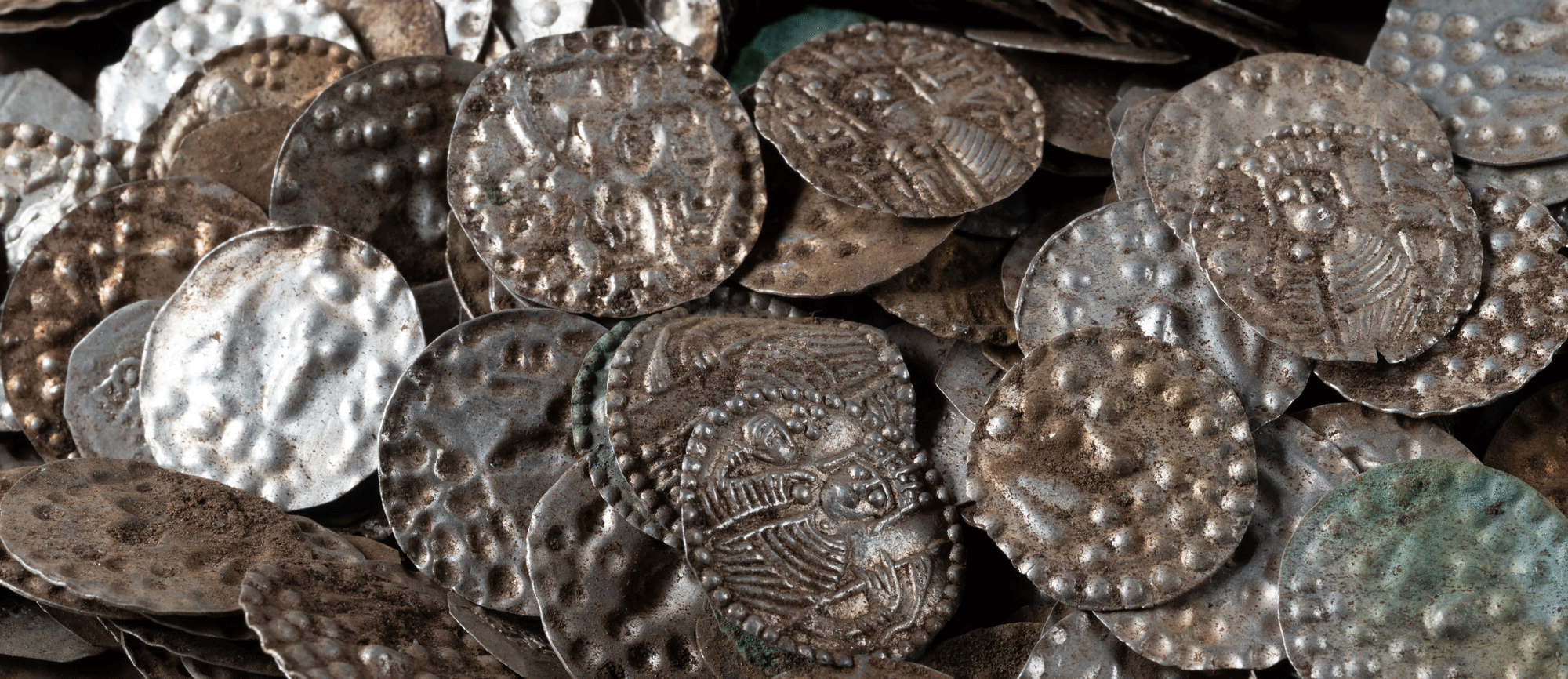 Länsstyrelsen Stockholm
Länsstyrelsen Stockholm -
 PLOS One (2025)
PLOS One (2025) -
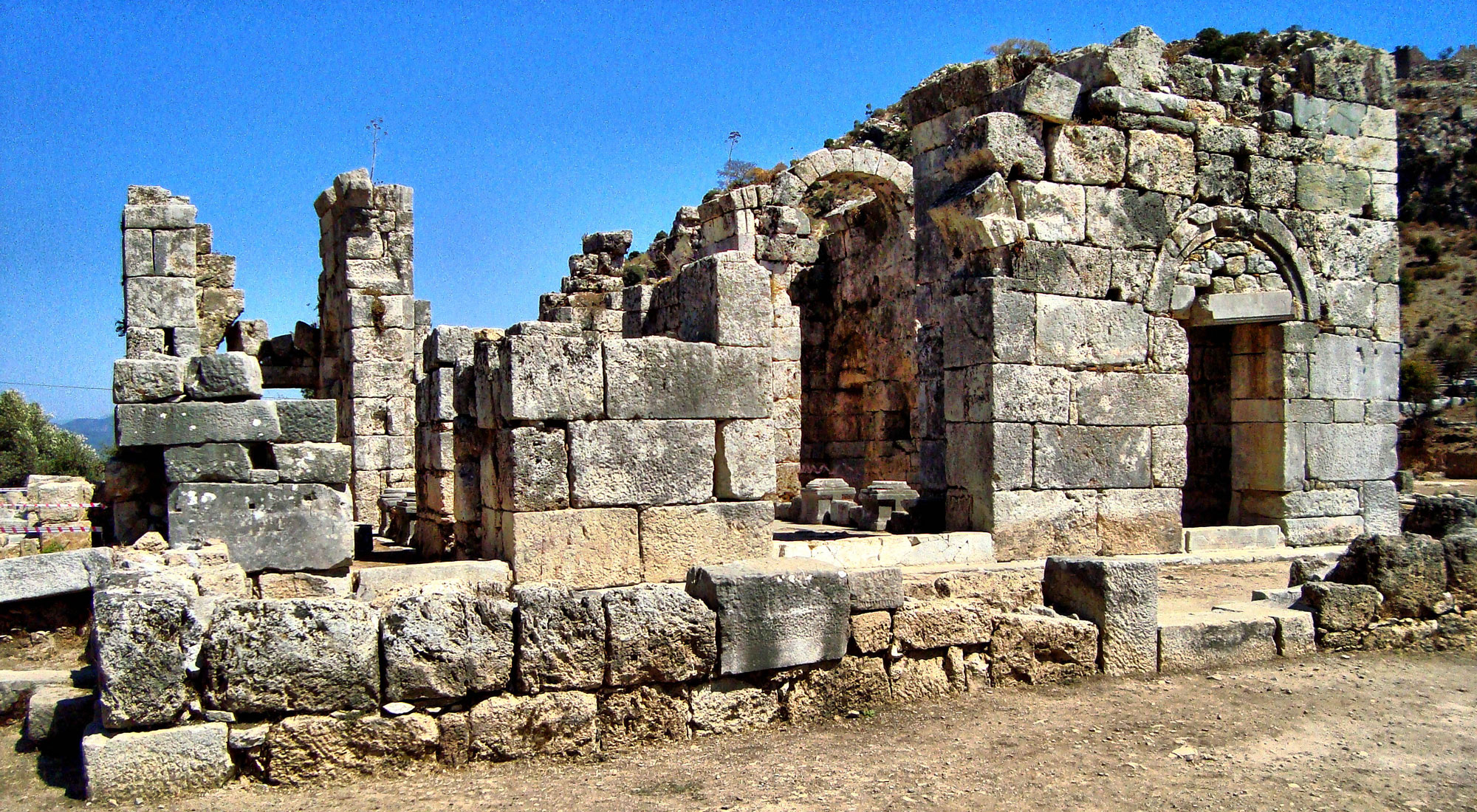 HALUK COMERTEL/Wikimedia Commons
HALUK COMERTEL/Wikimedia Commons -
News October 13, 2025
Did Central Italy’s Hominins Develop a Strategy for Butchering Elephants?
Read Article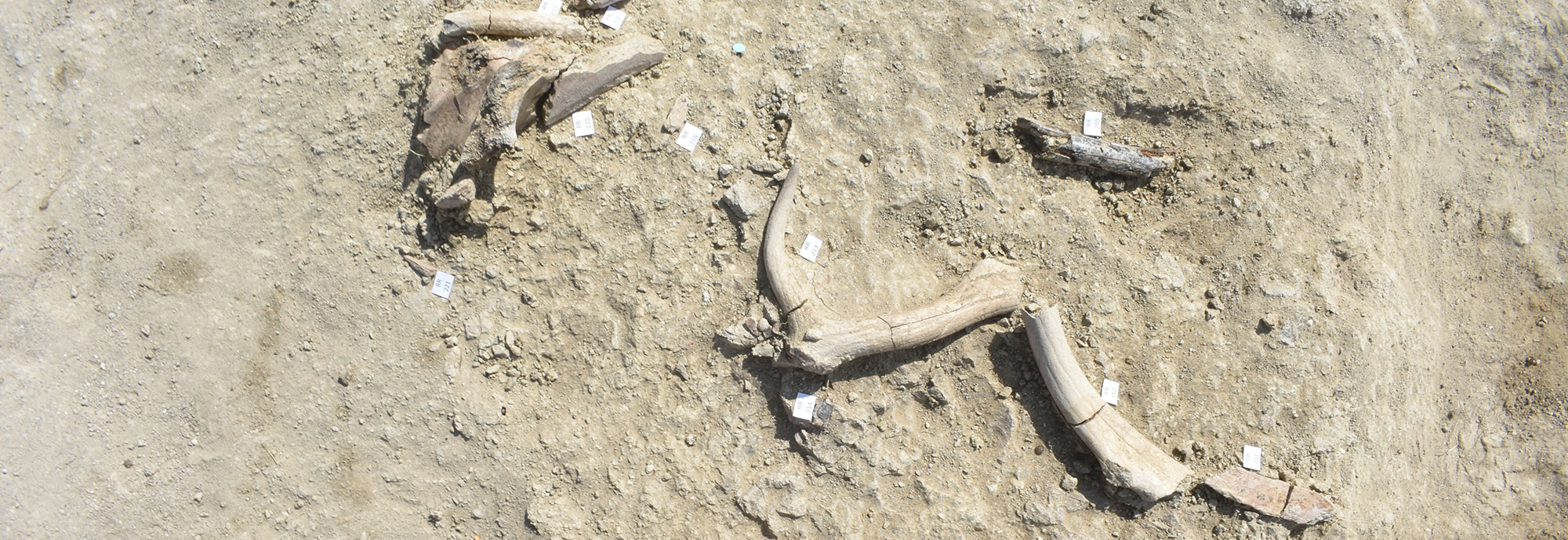 Beniamino Mecozzi
Beniamino Mecozzi -
News October 13, 2025
Ancient Mesoamerican Farmers Might Have Used Scorpion Mound to Track the Sun
Read Article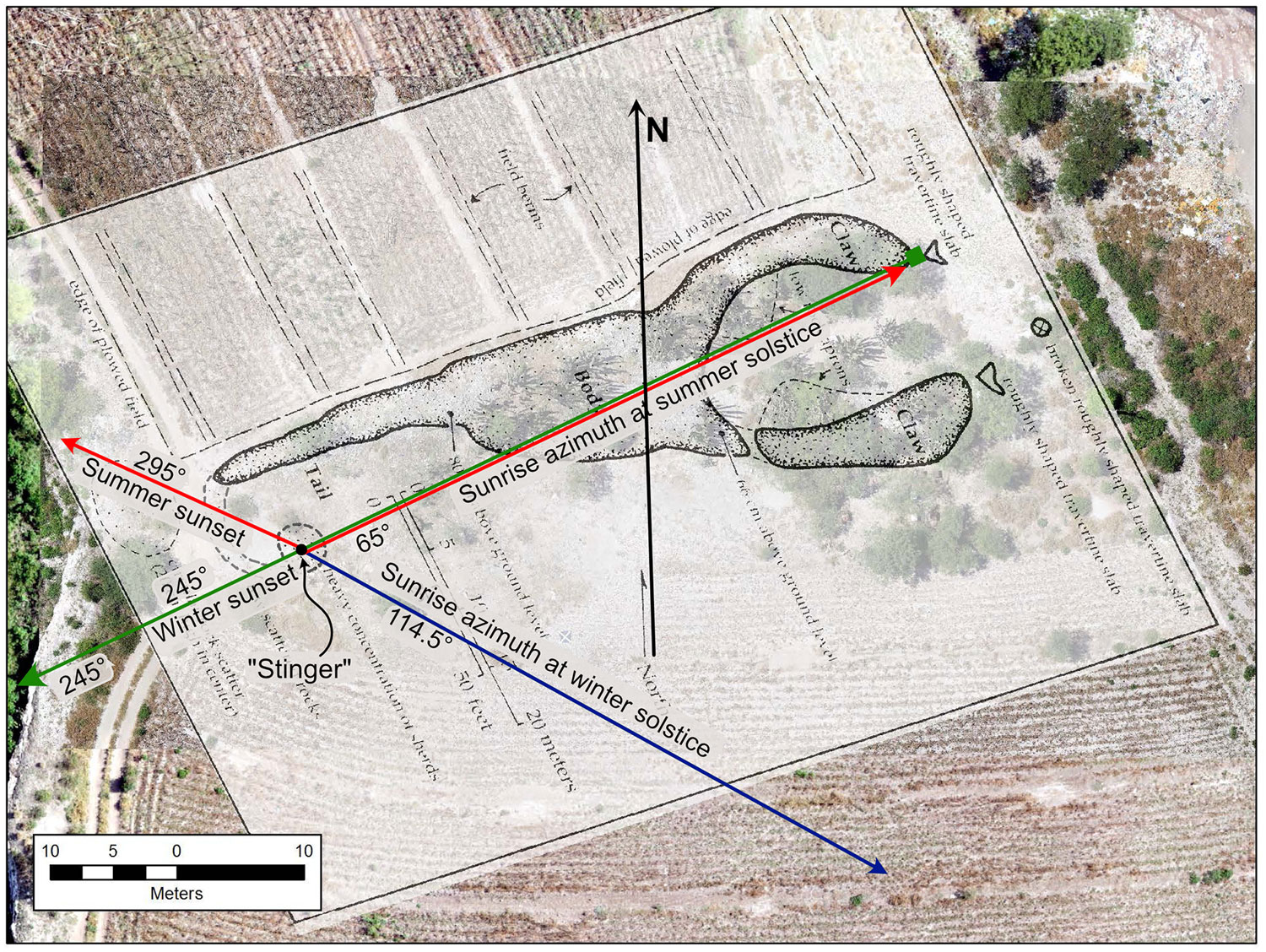 Neely et al. 2025, Ancient Mesoamerica
Neely et al. 2025, Ancient Mesoamerica -

-
News October 13, 2025
Subsurface Scanning Detects Structures at World’s Oldest Cult Center
Read Article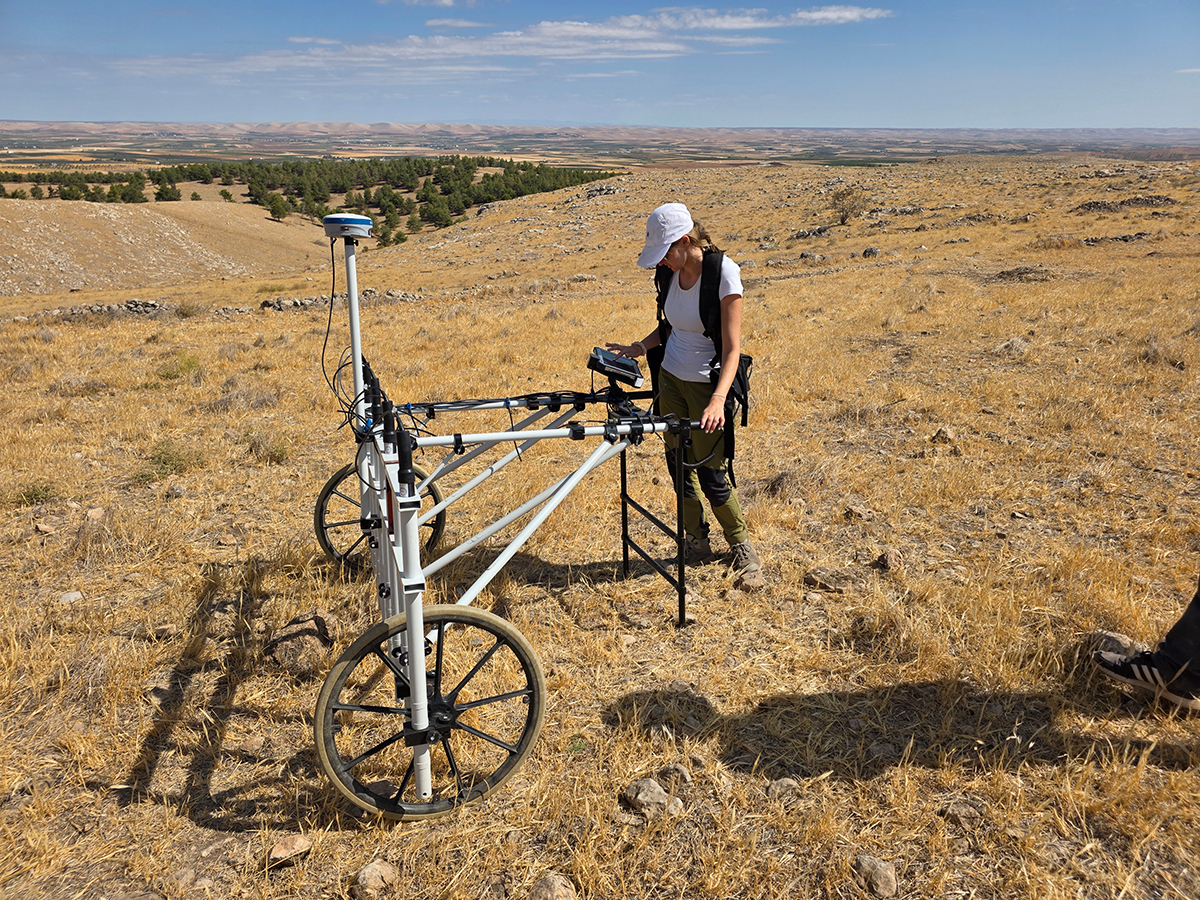 © OeAW-OeAI/B. Horejs; M. Börner
© OeAW-OeAI/B. Horejs; M. Börner -

Loading...


